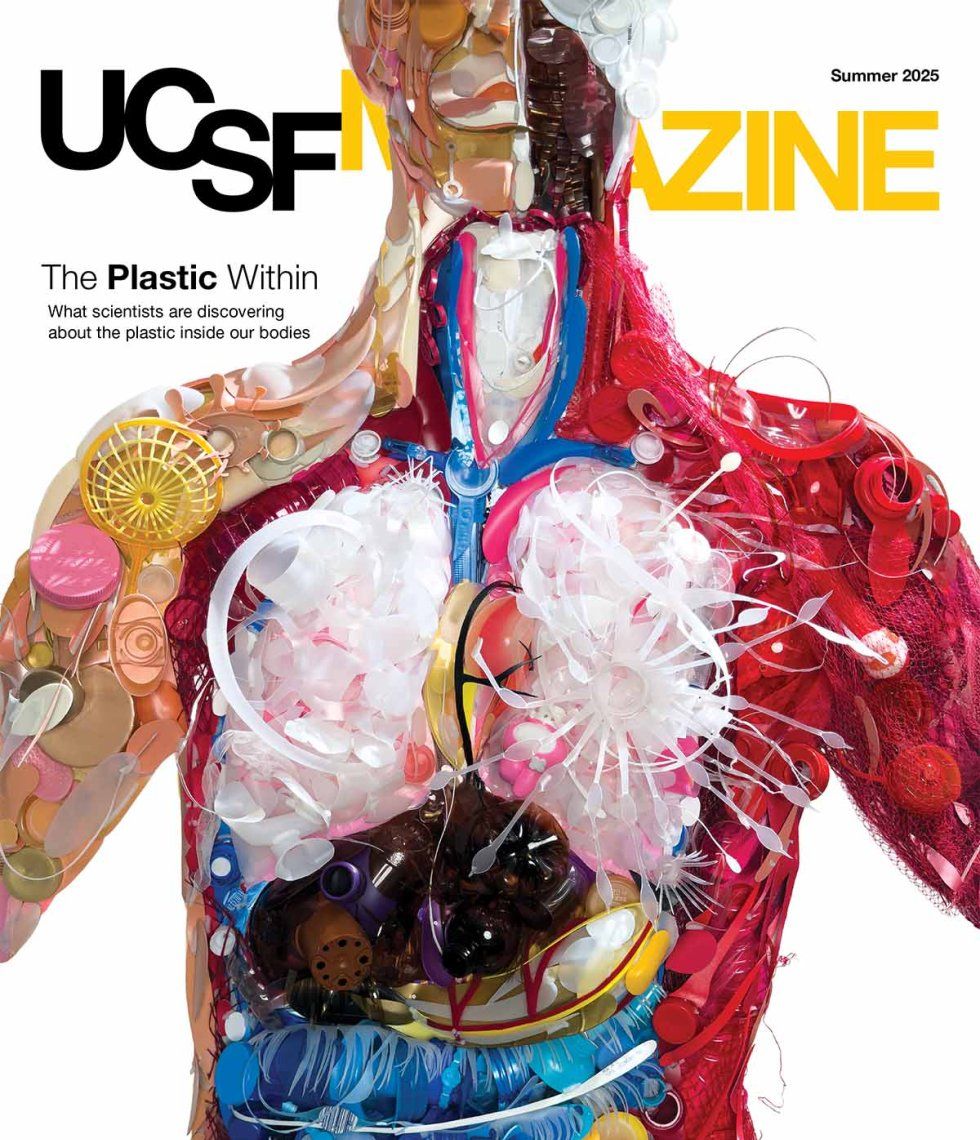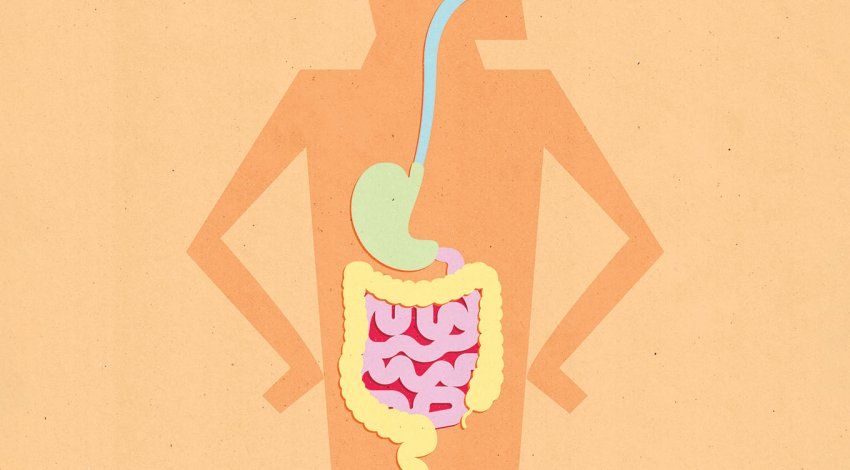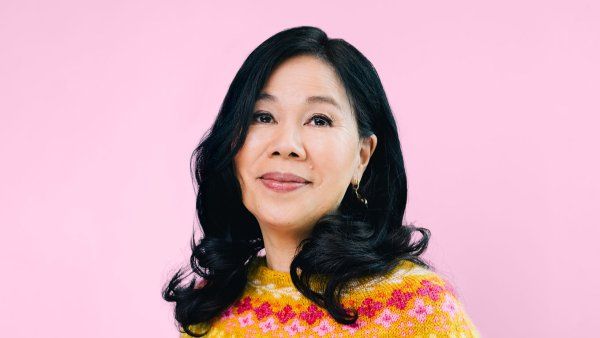
7 Ways UCSF Is Exploring the Eyes
Researchers and clinicians are advancing the science of sight to ensure the health of these complex and crucial organs.

Antibiotics and the eye’s microbiome
The eye has its own delicate microbiome – a community of beneficial bacteria that plays a role in eye health. But common antibiotics can disrupt this balance. Researchers are studying how antibiotic use alters the eye’s microbiome and contributes to antibiotic resistance, offering new insights into protecting vision at the microbial level.
Vision care that’s accessible to all
Routine eye care is out of reach for many unhoused people, yet good vision is crucial for safety, mobility, and well-being. Since 2017, UCSF’s Ophthalmology Shelter Clinic has provided free exams, glasses, and treatments for those in need.
AI that spots eye injuries faster
Retinal hemorrhages – bleeding in the back of the eye – can result from head trauma, high blood pressure, diabetes, or other conditions, but they’re often hard to detect. Scientists are now training AI to analyze thousands of CT scans, building an algorithm able to flag possible hemorrhages with unprecedented speed and accuracy.
Can light help stop seizures?
The human eye converts light into electrical signals that the brain can process. Researchers are drawing on this principle to treat epilepsy using optogenetics – a technique that controls neurons with light – to explore whether light-sensitive proteins can reduce seizure activity. This approach could lead to light-based treatments for neurological disorders.
Stopping diabetes-related blindness
Diabetic retinopathy is a leading cause of blindness, but early action can prevent it. Researchers are now developing a tool to predict the disease’s progression. By identifying key risk factors, such as age and blood sugar levels, physicians can intervene sooner, preventing irreversible vision loss.
Using stem cells to fight vision loss
Macular diseases and inherited retinal disorders slowly destroy vision and can lead to blindness. Researchers are using stem cell models to study how these conditions progress and to test potential treatments. Their work is ushering in more effective therapies to preserve sight.
First center for rare disorder
Gould syndrome, a rare genetic disorder, can cause serious eye defects. A surge in genetic testing has revealed that the syndrome – named for UCSF geneticist Douglas Gould, PhD, who discovered the mutation – is more common than once thought. Now, UCSF has opened the world’s first clinical center dedicated to the disease.
Bonus eye-opening fact
A UCSF-trained ophthalmologist pioneered the drug that became Botox
Starting in the 1960s, ophthalmologist Alan Scott, MD ’56, spent years developing an injectable treatment to correct eye muscle disorders without surgery. The drug – Oculinum – was FDA-approved in 1989 and later acquired by Allergan, which rebranded it as Botox. Today, it’s one of the most widely used drugs, with both medical and cosmetic applications. “I think that’s a charming, slightly frivolous use,” Scott told the San Francisco Chronicle in 2002 about its wrinkle-reducing appeal.




